A stirring tank, also commonly known as a mixing tank, blending tank, or mixing vessel, is a type of industrial tank specifically designed to mix, blend, homogenize, suspend, or disperse various materials. It’s an indispensable piece of equipment across a wide range of industries where product consistency, reaction efficiency, or uniform distribution of components are critical.
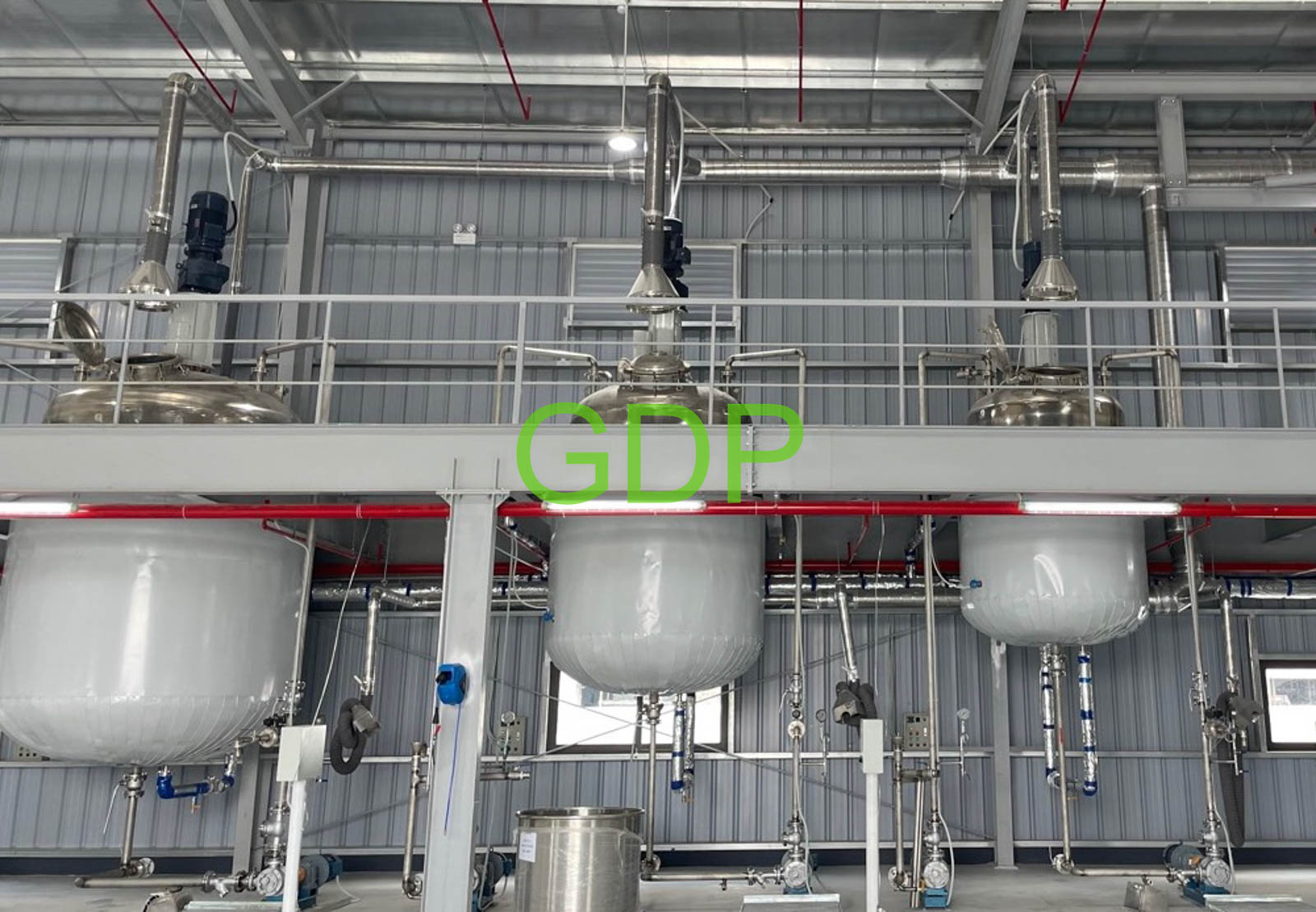
Core Components of a Stirring Tank:
- Tank Body: This is the vessel itself, which can be cylindrical (vertical or horizontal), conical, or sometimes rectangular, depending on the application. It’s typically made from materials like stainless steel (most common for hygiene and corrosion resistance), carbon steel (for less sensitive or corrosive materials), or even plastic (FRP, HDPE) for highly corrosive substances or smaller volumes.
- Agitator/Mixer: This is the “stirring” component. It consists of a shaft with one or more impellers (blades) attached, driven by a motor (often with a gearbox to control speed and torque). The type of impeller is crucial and selected based on the fluid viscosity, desired mixing intensity, and specific application.
- Motor and Drive System: Provides the power to rotate the agitator shaft. It can be top-entry, side-entry, or bottom-entry.
- Baffles: Vertical plates or bars often installed on the inside walls of the tank. They disrupt the swirling motion (vortex) of the liquid caused by the agitator, promoting more effective radial and axial flow patterns, which significantly improves mixing efficiency and prevents dead zones.
- Inlets and Outlets: For adding raw materials and discharging the mixed product.
- Ancillary Equipment:
- Heating/Cooling Jackets or Coils: To control the temperature of the contents during mixing or reaction.
- Sensors: For monitoring temperature, pressure, pH, level, etc.
- Sampling Ports: For taking samples during the process.
- Manholes/Inspection Ports: For cleaning and maintenance access.
How it Works:
The motor drives the agitator’s shaft and impeller. The rotating impeller creates various flow patterns (axial, radial, tangential, or a combination) within the tank, depending on its design. This movement causes the materials to collide, shear, and circulate, breaking down agglomerates, dispersing one phase into another, or simply blending different components to achieve a uniform mixture.
Types of Agitators/Impellers (Crucial for Function):
The choice of agitator greatly influences the mixing performance:
- Propellers: High-speed, axial flow impellers, ideal for low-viscosity liquids (e.g., water, juices, light chemicals) for blending, suspending solids, or maintaining uniformity.
- Paddles: Flat blades that create gentle, low-shear mixing, suitable for moderate viscosities or fragile materials. Used for simple blending or keeping solids in suspension.
- Turbines (e.g., Rushton turbine, Pitched Blade turbine): Versatile impellers creating high shear and turbulence.
- Radial Flow Turbines (e.g., Rushton): Excellent for dispersion, emulsification, gas-liquid contacting, and applications requiring high shear.
- Axial Flow Turbines (e.g., Pitched Blade): More energy efficient for blending and solid suspension in medium-to-low viscosity fluids.
- Anchors/Helical Ribbons: Designed to scrape the tank walls, ideal for very high-viscosity fluids (e.g., creams, pastes, polymers) to prevent material buildup and ensure uniform heat transfer.
- High-Speed Dispersers (Sawtooth/Cowles blade): Creates intense shear for dispersing powders into liquids, making slurries, or breaking down agglomerates in paints, inks, and coatings.
- Magnetic Agitators: Used in sterile environments (e.g., pharmaceutical, biotech) where a seal-less design is required to prevent contamination. The impeller is driven by magnetic coupling from outside the tank.
- Static Mixers: Not a tank agitator, but worth mentioning for inline mixing. They are fixed elements within a pipe that create turbulence as fluid flows through, used for continuous processes.
Applications of Stirring Tanks (in Vietnam and globally):
Stirring tanks are ubiquitous in numerous industries, particularly in the manufacturing and processing sectors prevalent in areas like Hanoi and Hung Yen:
- Food and Beverage: Mixing ingredients for sauces, syrups, beverages, dairy products, edible oils, chocolate, doughs. Pasteurization, fermentation.
- Pharmaceutical: Preparing active pharmaceutical ingredients (APIs), solutions, suspensions, emulsions, creams, and ointments. Often requires high hygiene (CIP/SIP) and sterile designs.
- Chemical Industry: Blending various chemicals, facilitating reactions (reactor tanks), preparing paints, coatings, adhesives, resins, detergents.
- Cosmetics and Personal Care: Mixing lotions, shampoos, creams, perfumes, and soaps.
- Water and Wastewater Treatment: Flocculation, coagulation, neutralization, activated sludge processes.
- Biotechnology: Fermentation, cell culture, bioreactors.
- Pulp and Paper: Mixing pulp slurries, chemical additives.
- Mining and Minerals: Slurry preparation, leaching, flotation.
- Petroleum and Petrochemical: Blending lubricants, additives, and various petroleum products.
Safety Regulations in Vietnam (Hanoi, Hung Yen Context):
The operation of stirring tanks, especially those involving hazardous chemicals, high temperatures/pressures, or flammable materials, is subject to strict safety regulations in Vietnam. Key areas of regulation and concern include:
- Pressure Vessel Safety: If the stirring tank operates under pressure (i.e., it’s a stirred reactor or a pressurized mixing vessel), it falls under the purview of MOLISA (Ministry of Labor, Invalids and Social Affairs). It must comply with national technical regulations (QCVN) for pressure equipment, requiring:
- Approved design and fabrication drawings.
- Material certifications.
- Hydrostatic testing.
- Periodic inspections and certifications by authorized inspection bodies.
- Safety devices (pressure relief valves, rupture discs).
- Chemical Safety: For tanks containing hazardous chemicals (flammable, corrosive, toxic), MOIT (Ministry of Industry and Trade) regulations are critical, particularly Circular No. 48/2020/TT-BCT (National technical regulation on safety in production, commerce, use, storage and transportation of hazardous chemicals). This includes:
- Proper labeling and signage of chemicals and tanks.
- Material compatibility with the tank and agitator components.
- Ventilation requirements (especially for tanks emitting volatile organic compounds).
- Emergency response plans and equipment (spill kits, eyewash stations).
- Minimum safe distances from ignition sources for flammable liquids during mixing.
- Personnel training in chemical safety.
- Electrical Safety: The motor and control systems for the agitator must comply with Vietnamese electrical safety standards (TCVN). This includes proper grounding, circuit protection, and explosion-proof ratings for hazardous areas (e.g., if flammable vapors are present, ATEX/IECEx compliant equipment is needed).
- Occupational Health and Safety (OHS): General OHS laws and regulations (e.g., from MOLISA) apply, covering:
- Machine guarding (for rotating shafts, belts).
- Lock-out/Tag-out procedures for maintenance.
- Confined space entry procedures (for tank cleaning/inspection).
- Personal Protective Equipment (PPE) requirements for workers.
- Noise control if agitators produce high noise levels.
- Environmental Protection: MONRE (Ministry of Natural Resources and Environment) regulations will apply to:
- Wastewater discharge from tank cleaning.
- Air emissions (e.g., VOCs from open mixing tanks).
- Hazardous waste disposal from tank contents or cleaning.
In the rapidly industrializing region of Hanoi and Hung Yen, the demand for high-quality, compliant stirring tanks is significant. Local fabrication capabilities exist, but for complex or highly specialized tanks (e.g., pharmaceutical-grade, high-pressure reactors), international suppliers or collaborations with local firms specializing in advanced fabrication might be sought to meet stringent international standards and efficiency requirements.
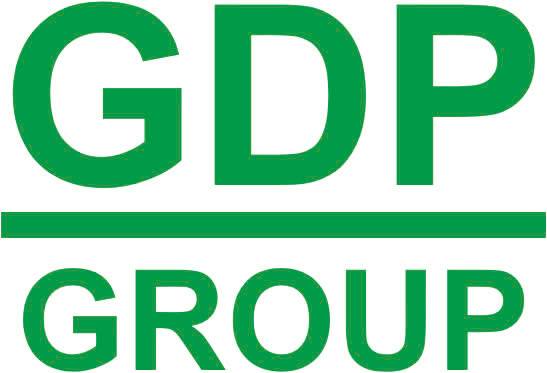
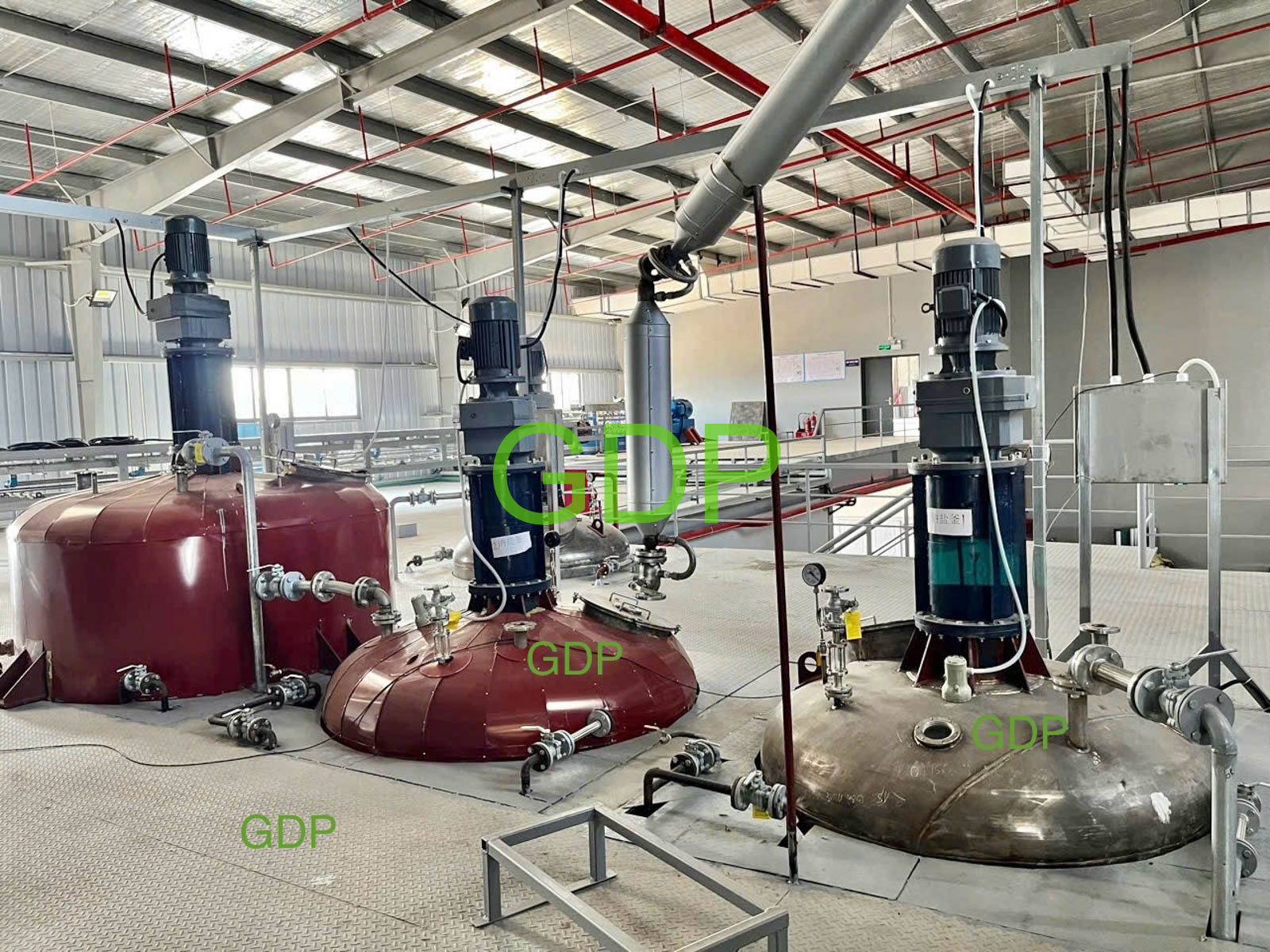
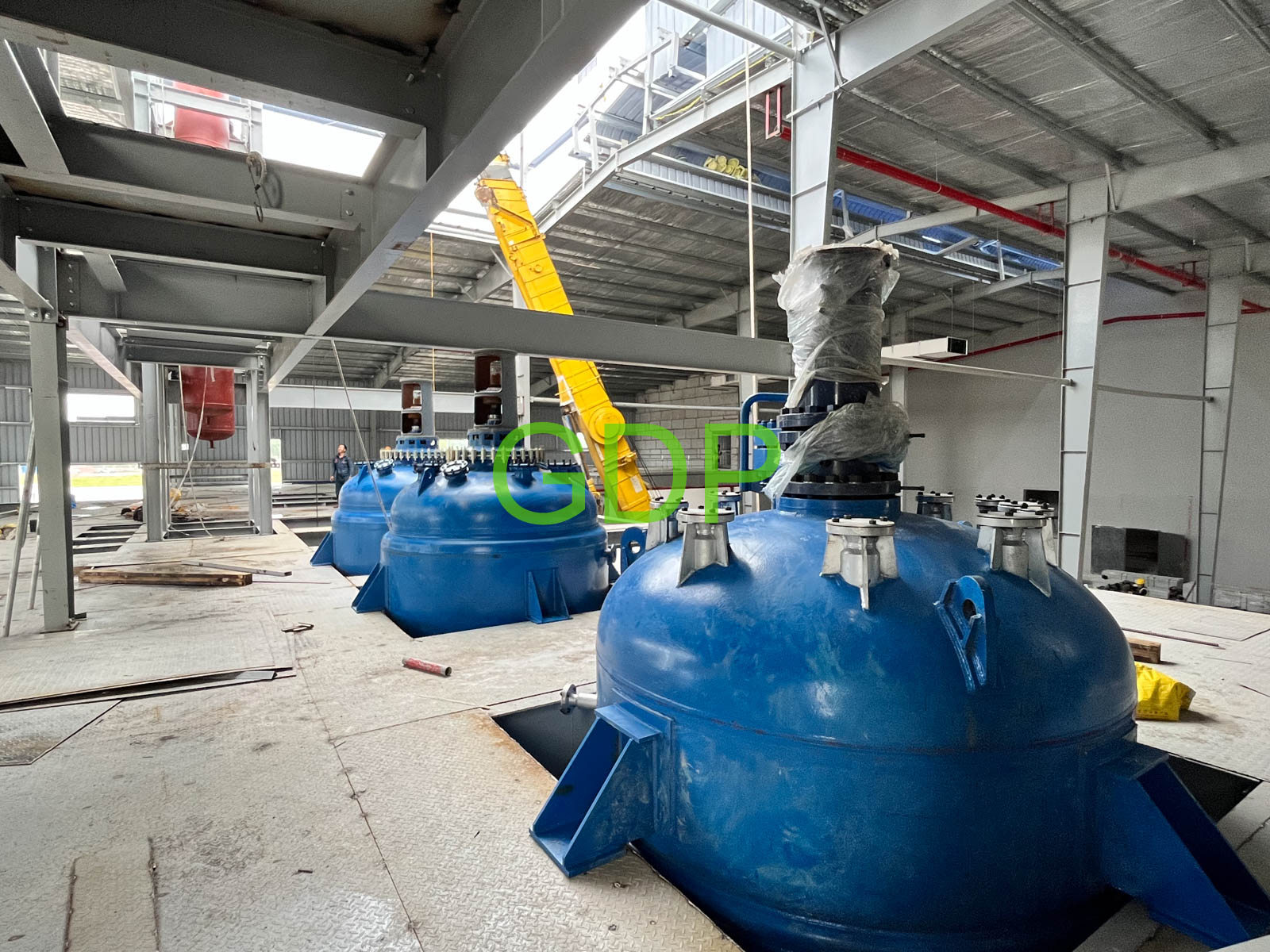
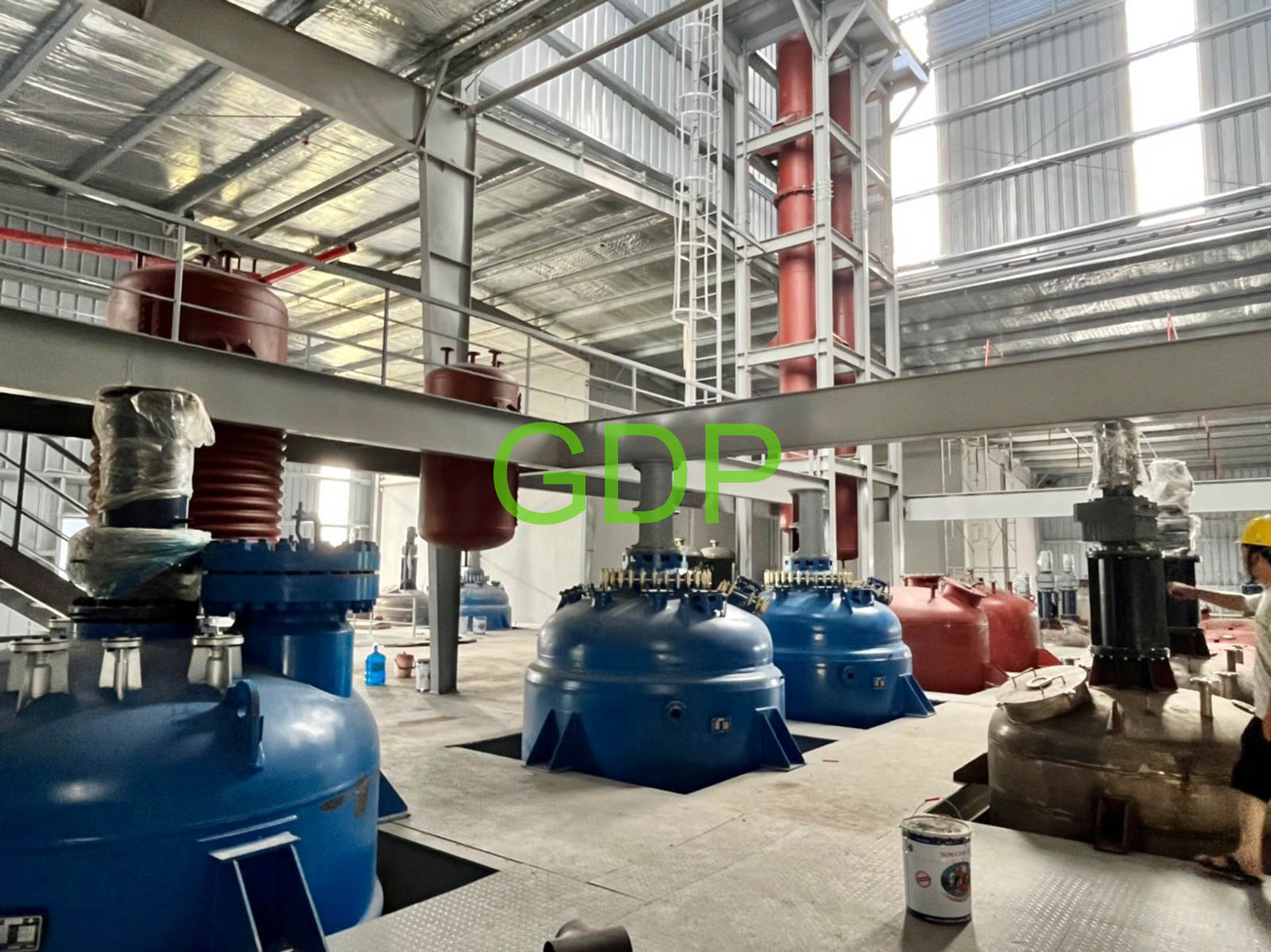
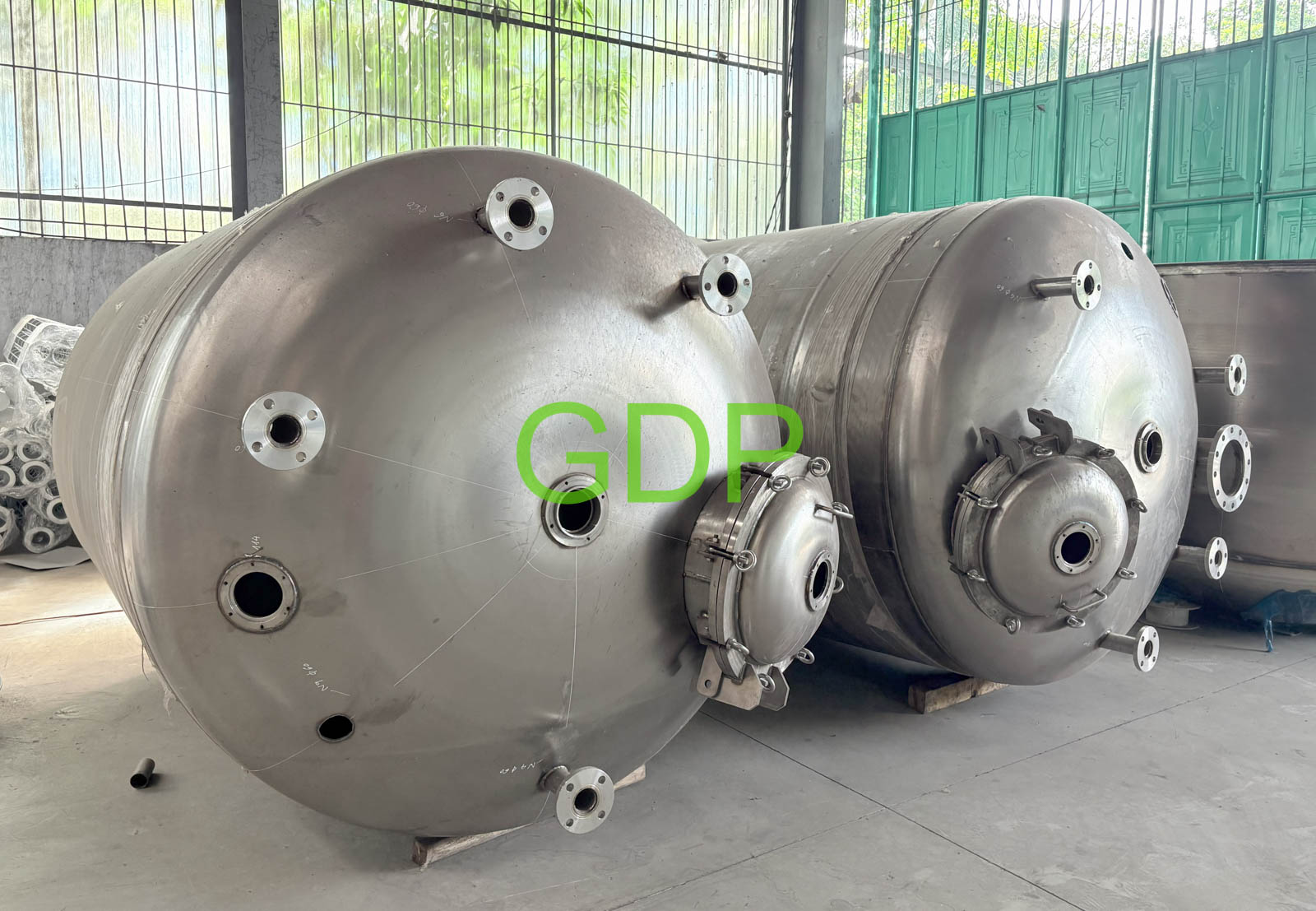
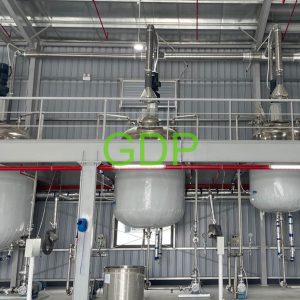
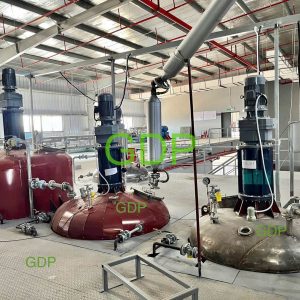
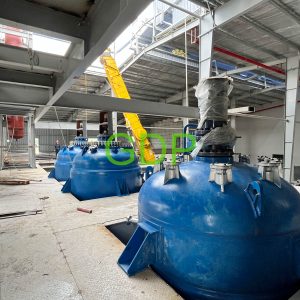
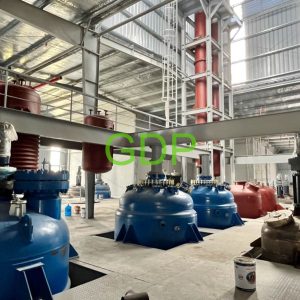
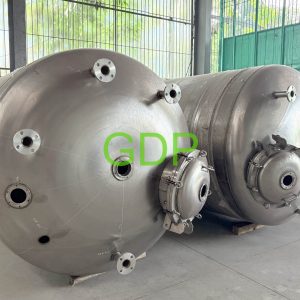
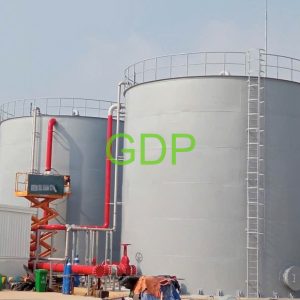
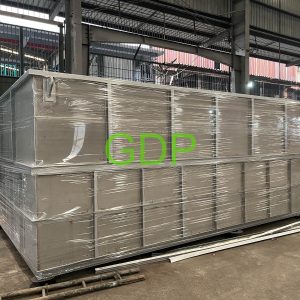
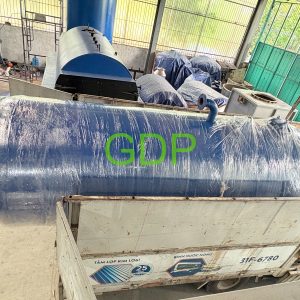




Đặt câu hỏi